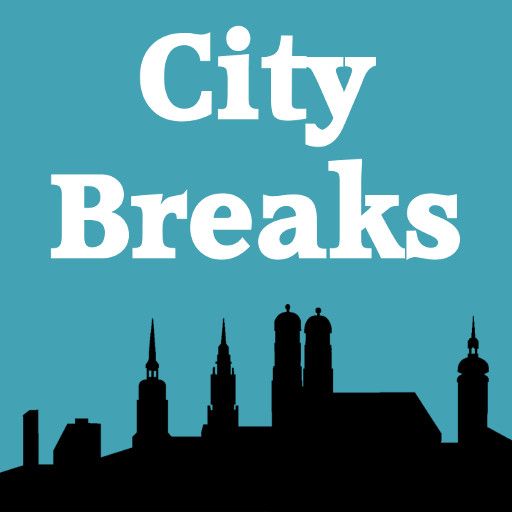The history of Jewish Amsterdam goes right back to the 16th century. It starts as a story of Jews fleeing from other parts of Europe and taking refuge in Amsterdam and it ends in today’s city where Jewish culture is centred around the Jewish Quarter, situated between Waterlooplein and Artis, the city’s zoo. This episode starts with a little historical context, followed by a description of some of the most significant places to visit, namely the Portugese Synagogue and the Jewish Museum. The holocaust will be dealt with in the next episode.
a little history


In 1590 all religions except Catholicism were barred in Spain and Portugal and many Sephardic Jews who had settled there decided to leave. Large numbers, especially from Portugal, decided to settle in Amsterdam and by the early 1600s there was evidence of Jewish services being held in the city. In the 17th century Ashkenazi Jews, fleeing persecution in Eastern Europe, began arriving too and by the end of the century they were the biggest group. For almost 200 years, Jews were barred from most professions and trades or from owning shops, so they were largely poor, some buying and selling on market stalls and many reduced to begging.
After 1796, when an Act of Parliament made all professions open to them, some of Amsterdam’s Jews began to thrive, especially in businesses like the cloth and diamond trades and began to speak Dutch as well as Yiddish. By the early 1900s, 4 of the city’s big department stores, including Bijenkorf in Dam Square, were Jewish-owned. About 80% of Amsterdam’s Jews did not survive the holocaust – which will be the subject of the next episode – but afterwards, they slowly began to return and today there are about 15,000 Jews living in Amsterdam, counting both religiously observant and secular Jews. Jewish culture in the city centres around the Jewish Quarter, especially the Portugese Synagogue and the Jewish Museum.
Amsterdam’s Jewish Quarter


Many of the city’s Jews settled in the north-eastern quarter of the city, now known as the Jewish Quarter. The area was largely destroyed during World War II, but there are still a number of places very much worth visiting. Two of these will feature in the following episode: the Holocaust Museum, which, as its website says, tells ‘a history of segregation, persecution and murder. Yet also of rescue, survival and solidarity’; and the Hollandsche Schouwburg, a former theatre used as an assembly point for Jews who were to be deported during World War II which is now a memorial. But the two main sights of cultural interest are the Portugese Synagogue and the Jewish Museum.
The Portuguese Synagogue


This working synagogue which is open for visits, except on Saturdays and Jewish holidays, is stunning. It dates from 1675, the largest synagogue of its time and has kept its original style. A pretty courtyard leads to the entrance with its Hebrew inscription, a line from Psalm 5, in golden lettering: “In the abundance of Thy loving kindness will I come into Thy house”. Inside is a huge, high-ceilinged space, dominated by the wooden Ark at one end, the Teba platform where the cantor stands at the other and the women’s gallery running down the two long edges. Polished wooden seating gleams and enormous brass chandeliers hang down, a reminder that during services the synagogue is lit by 1000 candles.
There are other buildings to visit on the site, including treasure chambers containing a collection of Torah scrolls, some of them dating from the 14th century and ceremonial objects such as Shabbat candlesticks and silver cups. There is a smaller, winter synagogue, a mortuary where bodies are prepared before a funeral and the Etz Hayim Library, one of the oldest Jewish libraries in the world, founded in 1616.
The main synagogue is unforgettable, calm and peaceful, its atmosphere summed up in this description of a painting in the Rijksmuseum: “View of the interior of the Portuguese Synagogue in Amsterdam during the dedication on 2 August, 1675. In the centre, on the east-pointing teba (raised platform) is the chazan (the cantor). On the right are the Torah scrolls, carried by men and un-rolled by men with a torch and a candle, carried in a procession to the holy ark.
The Jewish History Museum


This stunning building, created from 4 synagogues, tells the story of Jewish life in Amsterdam from 1600 to the present through many media. In the 1600-1900 section, the story of migration is explained: By the 18th century Amsterdam had developed into ‘the biggest and most important Jewish city in the world’, a centre of Hebrew and Yiddish printing. Exhibits depict, for example, the itinerant life of Jewish pedlars in the early days and the businesses opened up after 1796 when the right to enter professions was extended to Jews: shops, sewing workshops, some of which developed into large factories, and the growth of the diamond trade.
The next section shows the success Jewish Amsterdammers created for themselves. By 1900 there were about 60,000 Jews in the city, some of them wealthy doctors, lawyers and diamond merchants. Among the many exhibits are film footage from the city’s Jewish department stores, photographs of the Jewish Soup Kitchen in the Hunger Winter of 1944, a postcard thrown out of a train to Auschwitz and many paintings – Jewish Wedding, Interior of the Ashkenazi Great Synagogue, Jewish Pickle Seller, for instance.
And, of course, there’s a large section on the holocaust, the subject of the next episode.
Listen to the podcast
reading suggestions
Amsterdam A Brief Life of the City by Geert Mak
Amsterdam A History of the World’s Most Liberal City by Russell Shorto
links for this post
National Holocaust Museum
Hollandsche Schouwburg
Portuguese Synagogue
Jewish Museum
Previous Episode Amsterdam’s Golden Age
Next Episode Anne Frank and World War II in Amsterdam
Last Updated on June 9, 2025 by Marian Jones





